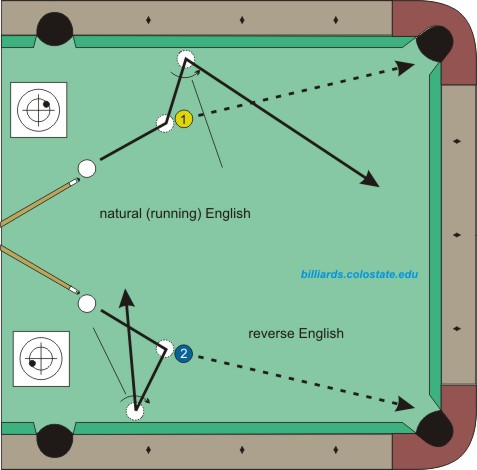So with all these ''explanations'' I'm finding it difficult to answer just one question, or reply about one situation.
Only term than I've heard spoken, that seems confusing....is the cue ball having intentional ''running'' english applied on no longer having it effecting movement/direction.
The term running/forward movement, I've always explained to be cueing above the horizontal 9 o'clock or 3 o'clock strike point/plane on the cue ball.
Once any spin releases, and whitey begins to Roll, then the cue ball is in a natural running/forward movement. No longer is there Any initial cueing action left, controlling the running except remaining momentum from the cuesticks initial contact speed.
Phew!!!!
Only term than I've heard spoken, that seems confusing....is the cue ball having intentional ''running'' english applied on no longer having it effecting movement/direction.
The term running/forward movement, I've always explained to be cueing above the horizontal 9 o'clock or 3 o'clock strike point/plane on the cue ball.
Once any spin releases, and whitey begins to Roll, then the cue ball is in a natural running/forward movement. No longer is there Any initial cueing action left, controlling the running except remaining momentum from the cuesticks initial contact speed.
Phew!!!!
